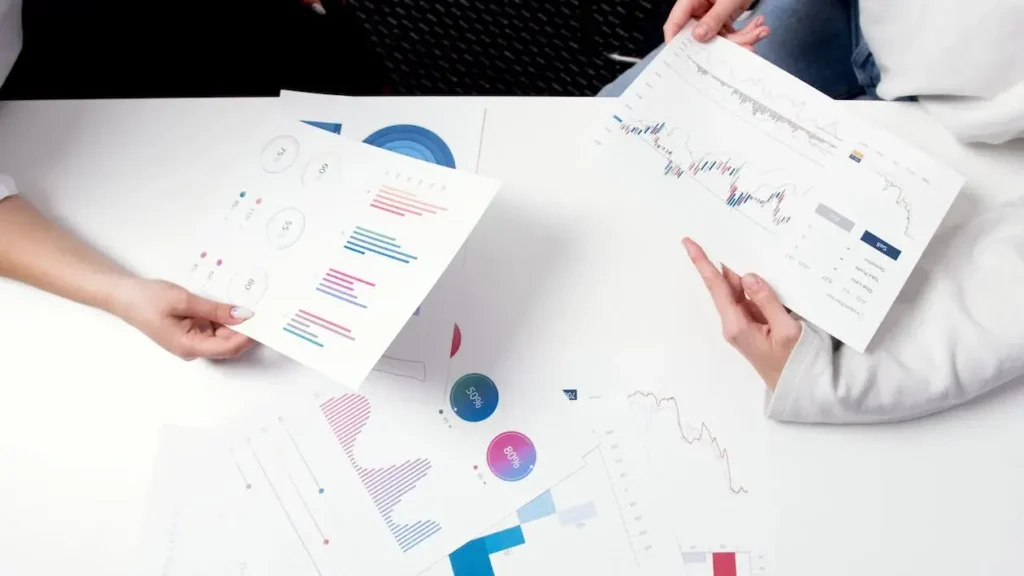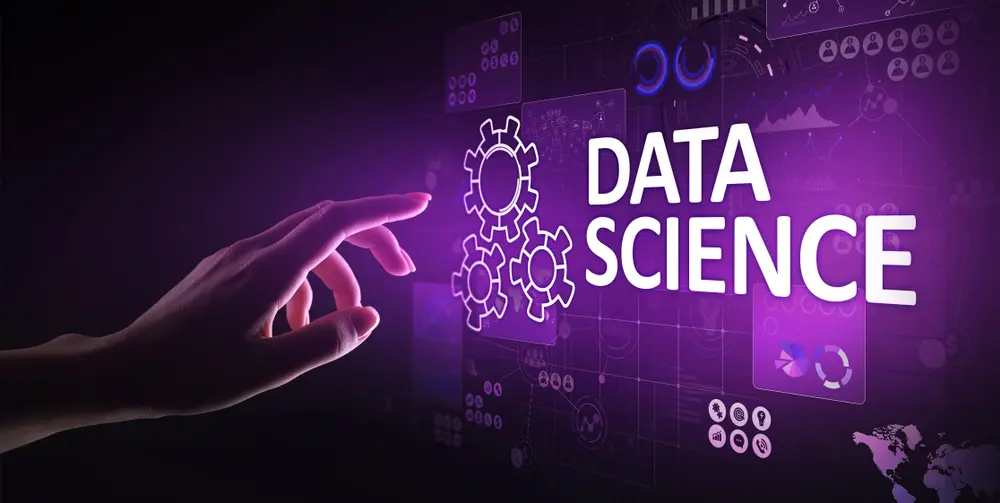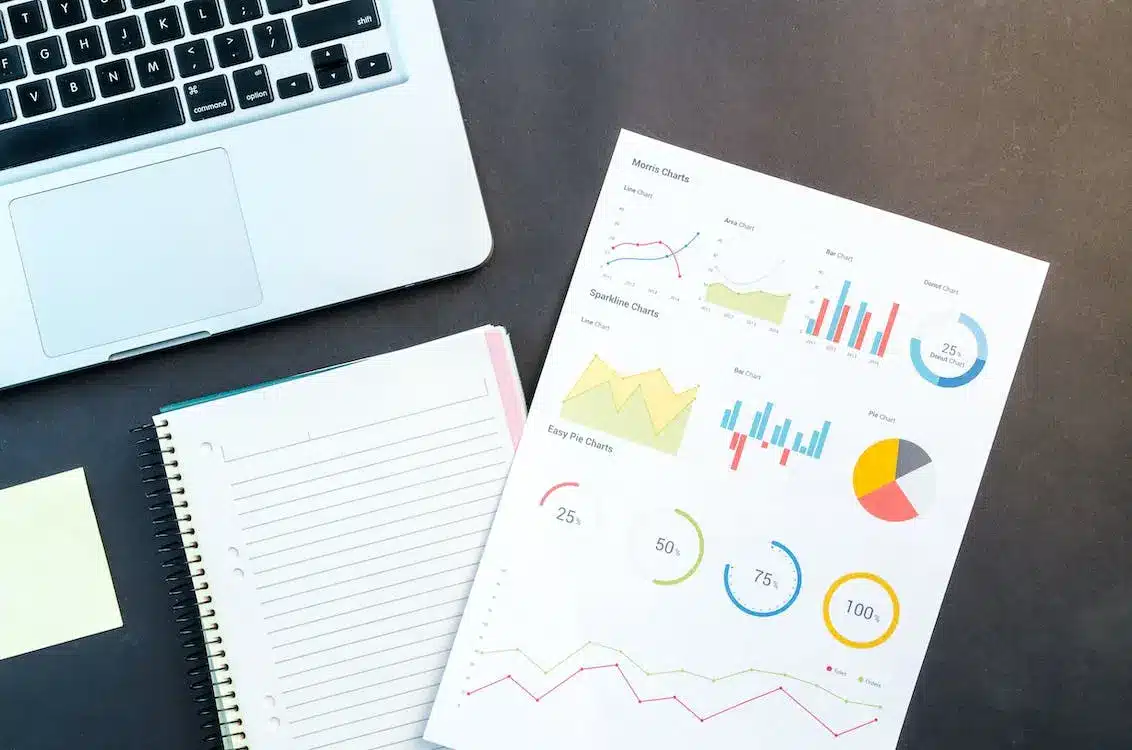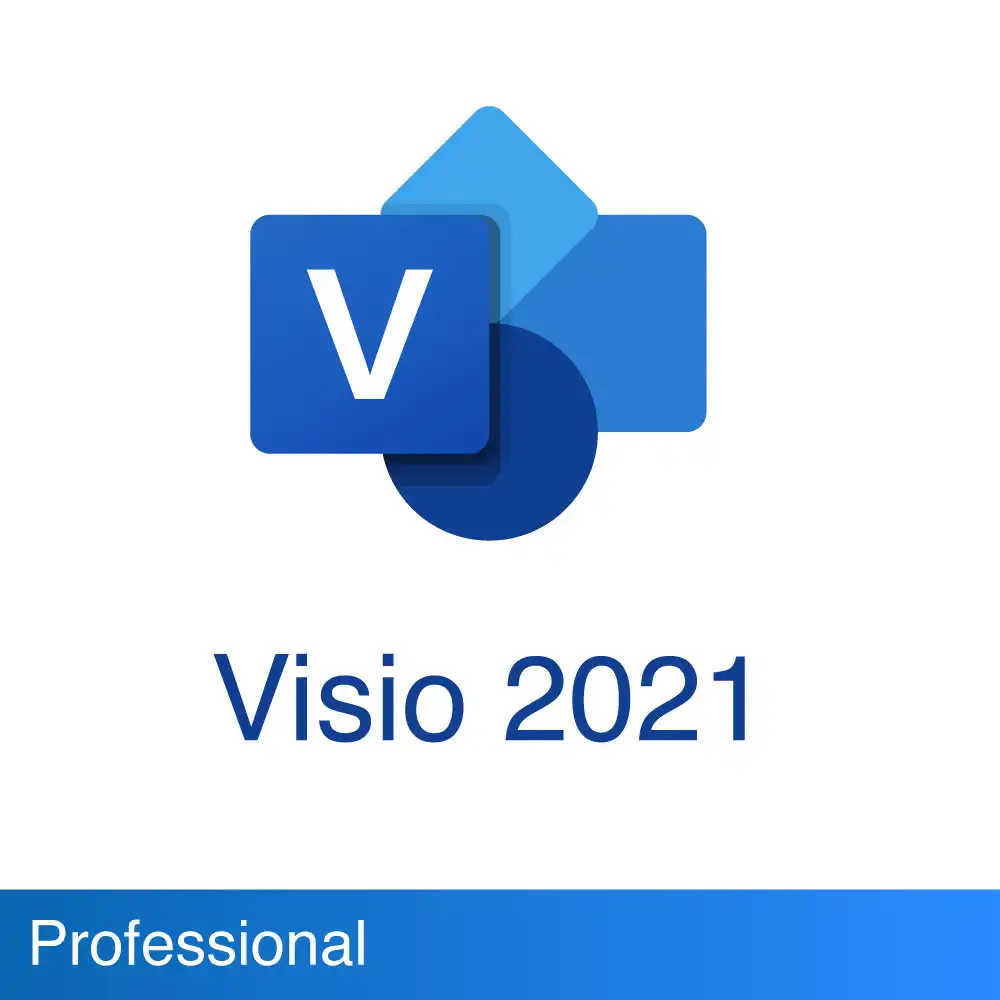When it comes to data science tools and software, there are loads of options. But which ones are the best? This article will help you answer that question by providing 12 things to consider when looking for a solution.
What is a Data Science Tool?

A data science tool is a software application that allows you to perform tasks related to data analysis and visualization. It can be used by people who are not experts in data analysis or statistics, but it can also be used by professionals who want to automate some of their workflows or reduce the time it takes to complete a task.
Data science tools are part of a more extensive set of tools used by data scientists and other professionals in this field. They include machine learning tools, statistical analysis software, and visualization tools.
Data science is an emerging field that combines data’s power with science’s techniques to extract valuable knowledge. Data science tools help in this process by providing tools for exploring and analyzing data, visualizing it, and communicating results. Data Science Tools analyze big data sets to find patterns or make predictions.
Why Are Data Science Tools Essential?

Data science tools are essential because they help you quickly analyze large volumes of data.
Data Science is an interdisciplinary field that combines statistics, mathematics, and computer science to extract knowledge from data. It’s about using advanced statistical methods and modeling techniques to remove information from data sources, often too large for human understanding or even manual analysis.
Data science tools are a set of software used for data analytics tools. They are designed to collect, store, process, and manipulate large amounts of data. The data can be from different sources such as the web, social media, or any other digital source. Data scientists use these tools to analyze the data and find insights companies can use to improve their business processes and make better decisions.
12 Criteria for Evaluating Data Science Tools

When you are evaluating data science tools, there are a lot of things you need to consider. The following is a set of criteria that can help you choose the right tool for your needs.
Easy to Use
The tool should be easy to use and intuitive so that you don’t need an expert to help you learn how it works. The software should be easy to learn and use. This is especially important when non-technical users are using the tool or when many users need to be trained on the tool.
Free Trial
You should be able to try out the tool before purchasing it. This will allow you to test its features, find out if it fits your needs, and decide whether or not it’s worth paying for.
Support
Does the company offer support? If there is a problem with the software, how quickly can they fix it? How many people are available for support? Are those people knowledgeable about their products?
Customer Service
Can someone answer your questions when you have issues or need help? If so, what kind of response time do they offer? Will they call back or email back within 24 hours? Or will they expect you to wait days or weeks for an answer?
Data preparation
The tool should have features that make it easier for users to prepare their data for analysis. It should support various file formats and types of data sources (e.g., databases). It should be able to connect directly to these sources without exporting them into another format first (such as CSV).
Visualization
The tool should have features that allow you to visualize your data before you start working with it in other ways (e.g., via charts or graphs). This helps you understand what’s going on with your data before you analyze it or try different techniques/algorithms.
Data Import/Export
The first thing that comes to mind is whether or not the tool supports import and export functions. In other words, can you quickly transfer the data from one platform to another? If you have data in one forum and want to use it in another, can you transfer them quickly?
Compatibility with other tools in your organization.
If you are using other tools or systems at your company, it is essential that the new tool be compatible with them so that you don’t have to spend time integrating it into your workflow or training users on how to use both tools together.
Flexibility and scalability.
You want a tool that can grow with your business needs by allowing you to add new features without worrying about whether they will work with existing systems or if there will be some incompatibility between them (which could lead to problems down the road).
Robustness and reliability of results produced by the tool.
You want results produced by your data science use to be reliable enough to be used for business decisions without having any doubts about whether they are accurate.
Documentation Quality
Documentation quality is another important consideration when evaluating different software packages for data science projects. There should be clear instructions about using the software and detailed documentation on its features and capabilities so that users can learn more about each tool as they work with it on their projects.
Pricing Structure
You should also evaluate pricing structures before choosing a project tool because some packages offer free versions. In contrast, others charge for premium features or additional modules in their software.
What Are the Features of a Data Science Tool?

A data science tool is a software application or web service that allows you to perform data science tasks such as data mining, statistical analysis, machine learning, predictive analytics, and other types of advanced analytics.
There are many tools available in the market to perform these tasks. Some of them are free, while others cost money.
The features of a data science tool can vary depending on the functionality offered by them.
However, most of these tools have similar features, which include the following:
Data visualization tools
These tools help you visualize your data by creating charts, graphs, or other visual representations. You can use these tools to understand relationships between different variables in your dataset and make sense of them. Some famous examples of data visualization tools include Google Sheets, Tableau Public (tableau), RStudio (r studio), and Microsoft Excel (excel).
Statistical analysis tools
These tools help you analyze your data using various statistical techniques like regression analysis, hypothesis testing, etc. Some famous examples include RStudio (r studio) and Python (python).
Machine learning & artificial intelligence
Machine learning is an area of computer science that gives computers the ability to learn without being explicitly programmed. Artificial intelligence is another area where computers are taught human-like skills like decision-making & problem-solving.
How To Choose The Best Data Science Tools?

Data science has become one of the most popular fields over the past few years. We live in a world where technology is changing quickly, and surrounded by it. We must keep up with these changes to use them in our favor.
The best way to do this is by using data science tools. But choosing which one is best for you can be difficult.
Here are some tips on how to choose the best tool for your needs:
Do some research: There are many different data science tools out there, so researching them will be necessary. You should check out their websites and read reviews from other users before deciding which tool will work best for you.
Make sure they have enough features: A data science tool can offer many different features, but make sure your chosen program has all of them before buying it! This way, you’ll know that no matter what kind of project comes up in the future, your software won’t let you down!
Look at the cost of your data science tools: The price varies greatly depending on what you need. If you’re just starting as a data scientist or analyst, you probably don’t need all the bells and whistles that come with enterprise-level software. In this case, you may want to look at open-source or free options like R or Python. These platforms allow you to get started quickly without paying for expensive licenses upfront.
Conclusion
There are a lot of data science tools out there, and if you’re just getting started with data science, it can take time to know where to begin. Performance, scalability, accuracy, tutorials, documentation…data scientists can spend days researching tools and narrowing down their options. This article provides 12 criteria for evaluating data science tools that will hopefully help you make an informative decision as you consider which tool suits your needs. For more data science tools articles, please visit our blog.
Best Data Science Tools
FAQs
What are the best tools for data science?
There are a lot of different tools out there, but you should only use the ones that best fit the type of problem you’re trying to solve. For example, if you’re trying to predict stock prices using historical data, use R and Python tools. However, if you’re trying to find out which features will most increase engagement for mobile apps, then a tool like Mixpanel or Amplitude might be more appropriate.
What are the most popular data science tools?
The most popular data science software tools include R, Python, SAS, KNIME, and Tableau. These software packages provide various capabilities for statistical analysis, machine learning, and predictive modeling.
What are the types of data?
There are three types of data: structured, semi-structured, and unstructured. Structured data consists of rows and columns, like a spreadsheet or database table. Semi-structured data has some structure but is less than fully structured data, such as XML files or JSON objects. Unstructured data has no specific format; it’s just a collection of documents with no defined fields or columns.








